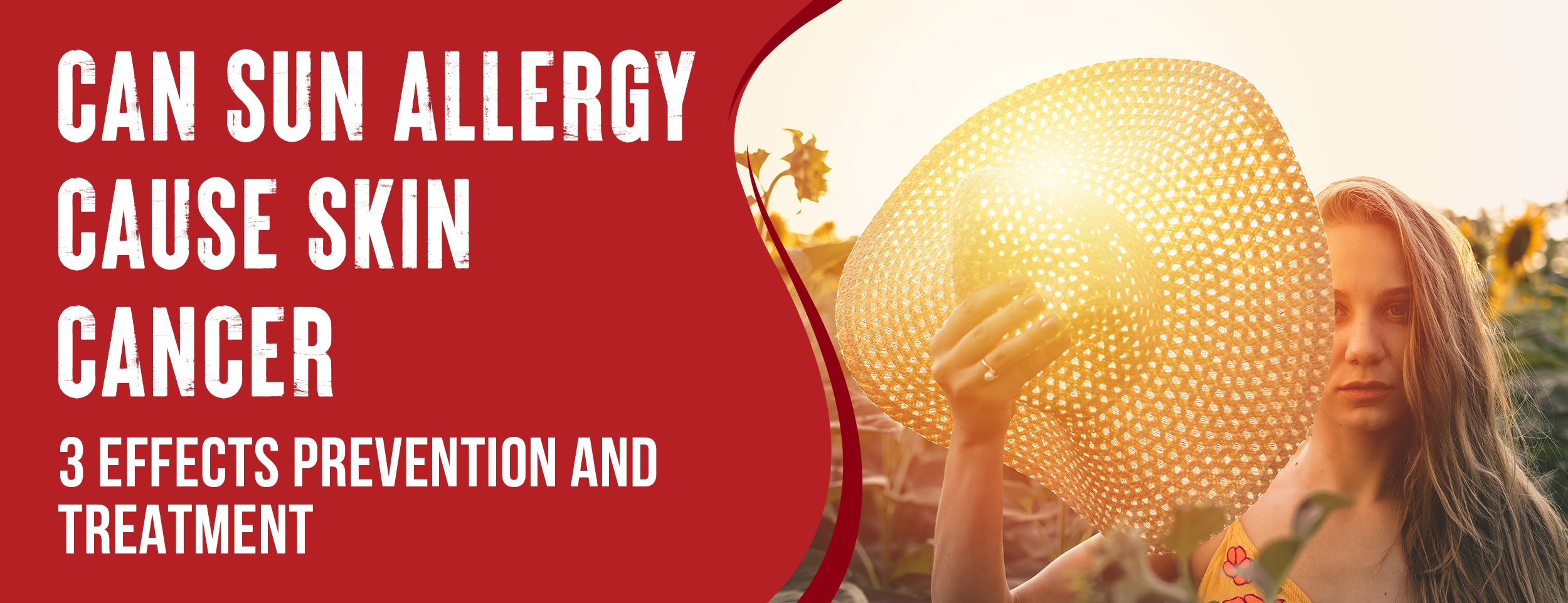Fiberglass is a synthetic material made up of fragile glass fibers. Fiberglass particles can penetrate the skin.
Fiberglass skin irritation can lead to itching, discomfort, and pain when it touches the skin. There are skin irritations, red eyes, and stomach issues from inhaling particles. Fiberglass exposure can also cause soreness in the nose or throat.
This blog post will discuss fiberglass skin irritation reasons, prevention, and treatment.
The Takeways
- Microscopic Fibers: Tiny glass fibers can embed in the skin, irritating.
- Fragile Nature: Fibers splinter easily, increasing the risk of skin embedding.
- Sharpness: Fibers’ edges can cut skin, leading to irritation.
- Skin Sensitivity: Varies, with some allergic to fiberglass resins.
- Chemical Coatings: Can cause irritation, protective coatings help.
- Prolonged Exposure: Increases irritation risk; protective gear advised.
- Preventive Measures: Wear cotton clothing, nitrile gloves, masks, and goggles. Ensure proper ventilation.
- Treatment: Apply calamine lotion, oatmeal baths, or aloe vera to relieve itching.
- Medical Attention: Seek help for severe pain, breathing issues, or signs of infection.
Fiberglass Skin Irritation: 8 Reasons

Fiberglass, a common material used in various industries, is known for its strength and durability. Skin irritation can result in discomfort and health concerns. To understand why this happens, let's dive into the physical properties of fiberglass and our skin's sensitivity to it.
Physical Properties of Fiberglass
The lightweight and durable material fiberglass is commonly used in construction, manufacturing, and industry. It is made of tiny glass fibers woven and bonded to form a robust and flexible material.
The physical properties of fiberglass can also pose a health hazard to humans. Fiberglass, a fascinating fabric with unique physical properties, can cause skin irritation despite its benefits.
Microscopic Fibers
Fiberglass comprises a ton of fibers that can quickly become airborne and settle on the skin, where their minuscule size enables them to embed themselves and cause irritation. These microscopic fibers, measuring 100–1000 µm, can consist of animal hairs, feathers, and plant fibers. When present in fiberglass, they can irritate the skin upon prolonged contact. Scientifically known as microparticles or non-pollen palynomorphs (NPP), they have been identified in various research studies.

Fragile Nature of Fibers
Fiberglass fibers may be vital when combined, but they're surprisingly fragile. Their potential for splintering increases the risk of embedding in the skin.
Because of their tiny 100-micron diameter, these fibers have a pull strength of 100,000 pounds per square inch. Threads snap under sharp bends because of this brittleness. Skin irritation can happen if fiberglass isn't handled correctly.
Sharpness of Fibers
Fiberglass fibers are not merely small and delicate. They also possess sharp edges. This sharpness can result in minor skin abrasions, facilitating the intrusion of threads and subsequent irritation. "Sharpness" denotes the fiber’s capacity to cut through materials like skin, leading to irritation and inflammation.
It represents a physical attribute of fiberglass wherein these sharp fibers can induce skin irritation and harm. Employing testing apparatus can ensure the implementation of suitable safety protocols while handling fiberglass products.
Skin Sensitivity to Fiberglass
Our skin shields us from harmful substances. Factors can increase its sensitivity to materials like fiberglass. Reactions vary, highlighting the need for thorough testing to identify the cause effectively.
Off-gassing of Resins
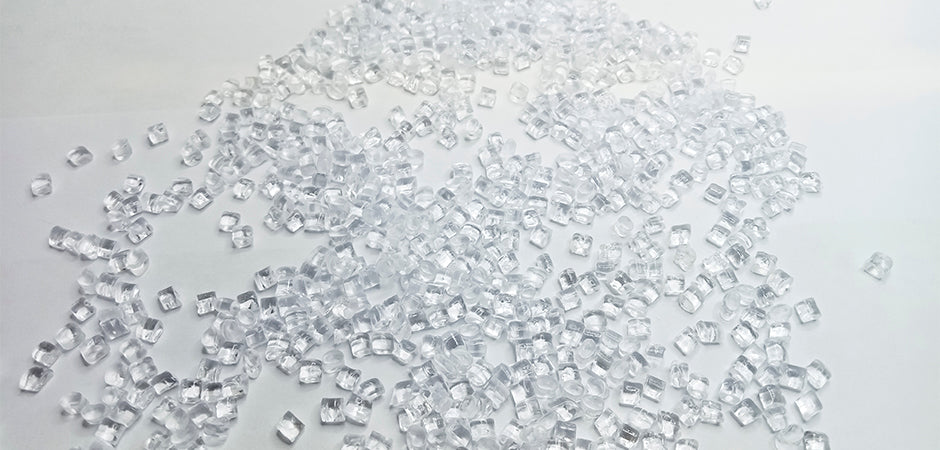
Fiberglass often contains resins that can emit gases over time, especially when exposed to heat. Some people may be allergic to these gases, known as volatile organic compounds (VOCs).
The release of these compounds is related to the resins in fiberglass insulation. Exposure may lead to skin irritation, especially from formaldehyde, a standard resin in fiberglass, which is a known carcinogen linked to brain cancer.
Chemical Coatings on Fiberglass
Fiberglass is often enhanced with chemical coatings to improve its properties, but these coatings may cause skin irritation for some individuals. To address this issue, protective chemical coatings can be applied to create a barrier between the fiberglass and the skin, reducing the risk of irritation.
Prolonged Exposure
Prolonged exposure to fiberglass increases the risk of skin irritation, especially for individuals regularly handling fiberglass without proper protection. Skin sensitivity may result in itching, redness, rashes, allergies, respiratory problems, or infections.
Skin conditions and direct contact exacerbate symptoms. Use protective clothing and gloves to minimize skin irritation.
Prevention of Fiberglass Skin Irritation

The most effective way to manage fiberglass skin irritation is to prevent it from happening in the first place. These are the core preventive steps.
Protective Clothing
Wearing the right gear is your first line of defense against fiberglass irritation.
- Use full-length clothing, such as long-sleeved shirts and pants. Materials like cotton are preferable over synthetic fibers, as they are less likely to generate a charge that would attract the fibers.
- Gloves are essential but the quality is key. Nitrile gloves can provide a significant barrier against glass fibers due to their toughness.
- Masks and goggles are a must-have when working in dusty environments or with power tools that can create airborne particles.
Proper Ventilation
Keeping the air clear of fiberglass is an important part of staying safe.
- Ensure that the work area is adequately ventilated. This may mean using fans or simply opening windows.
- When indoors, a dust extractor with a filter is a powerful ally in the fight against airborne fiberglass particles.

Safe Handling Procedures
How you handle materials can make all the difference to the spread of glass fibers.
- Minimize the release of fibers by avoiding rough handling and moving materials gently.
- Clean up spills promptly using damp methods like sweeping or vacuuming with a high-efficiency particulate air filter.
Training of Employees
Your team should be informed and equipped to handle fiberglass safely.
- Educate all employees about the potential risks associated with fiberglass exposure.
- Ensure everybody can use protective equipment properly and train them about safe and effective cleanup methods.
- Keep training up to date with the latest best practices and ensure all new workers are fully onboarded to safety protocols.
Fiberglass Skin Irritation Treatment

The best ways to treat fiberglass-related skin irritations and when professional medical treatment is necessary will be discussed.
Removing Fiberglass Particles from the Skin
The first step in treating fiberglass skin irritation is to remove the particles from your skin. This can be achieved by:
- Washing with Soap and Water: Thoroughly clean the affected area with soap and warm water. It's important to scrub gently but effectively to dislodge the fibers.
- Using Adhesive Tape: Press adhesive tape onto the affected area, then quickly peel it off. This can help pull the fiberglass out.
- Shaving: If you can see any fibers, you might want to carefully shave the area. This method can be particularly useful in removing stubborn or deep-set shards.
Topical Treatments
The focus then shifts to managing the aftermath skin irritation after removing fiberglass particles. Directly addressing the irritation can ease the discomfort and speed up the healing process.
- Calamine Lotion: Known for its soothing properties, itching can be reduced by applying calamine lotion.
- Oatmeal Baths: Add colloidal oatmeal to a lukewarm bath and soak for at least 15 minutes. Oatmeal has anti-inflammatory benefits and can help relieve itching.
- Aloe Vera Gel: Apply aloe vera gel to the affected area to cool the skin and reduce the itching sensation.

When to Visit a Doctor
If the fiberglass irritation symptoms persist or worsen, it may be time to seek medical attention. Here are some signs that you should see a doctor:
- Severe or lasting pain.
- Wheezing or shortness of breath (indicates fiberglass inhalation).
- Signs of infection (redness, warmth, swelling, or pus).
Conclusion
While beneficial in many areas, fiberglass can pose severe risks if improperly handled. The microscopic, fragile, and sharp fibers can easily penetrate the skin, causing a range of symptoms from mild itching to severe rashes.
Understanding these dangers and symptoms is the first step toward protecting yourself. By wearing protective clothing, maintaining proper ventilation, practicing safe handling procedures, and investing in employee training can significantly reduce the risk of fiberglass skin irritation.
Knowing how to treat the itch, from washing with soap and water to topical treatments like calamine lotion, oatmeal baths, and aloe vera gel, can help soothe the discomfort. And remember, if your symptoms persist, don't hesitate to visit a doctor.
Take fiberglass skin irritation seriously. It's not just about avoiding discomfort; it's about safeguarding your health. So, the next time you come across fiberglass, whether at work or during a home improvement project, remember these points and stay safe.

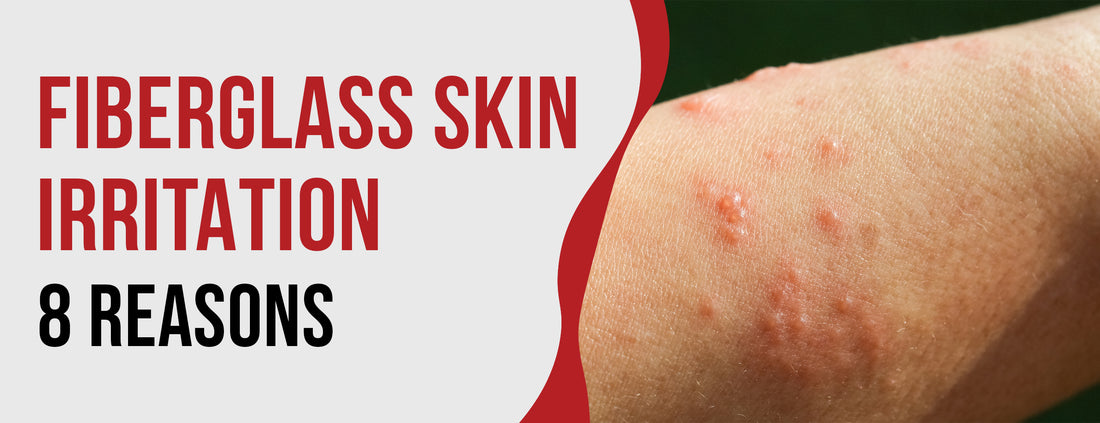


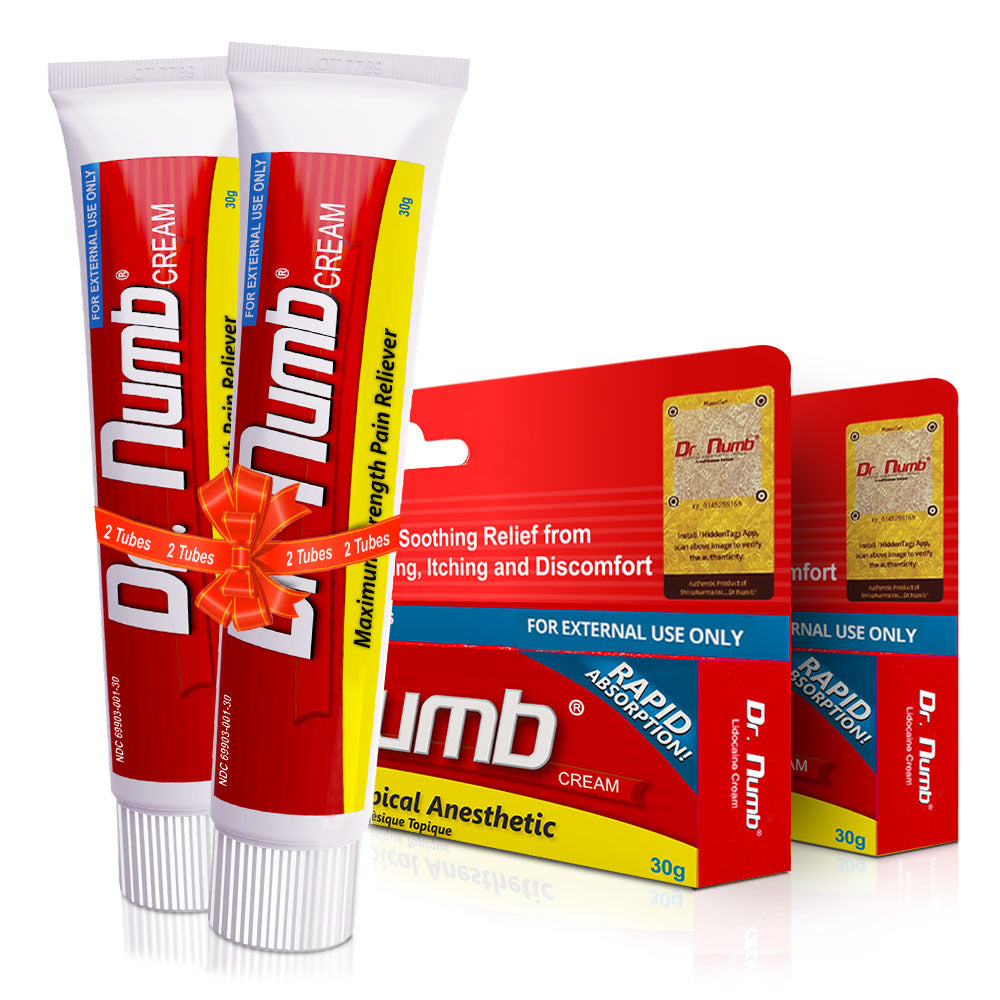

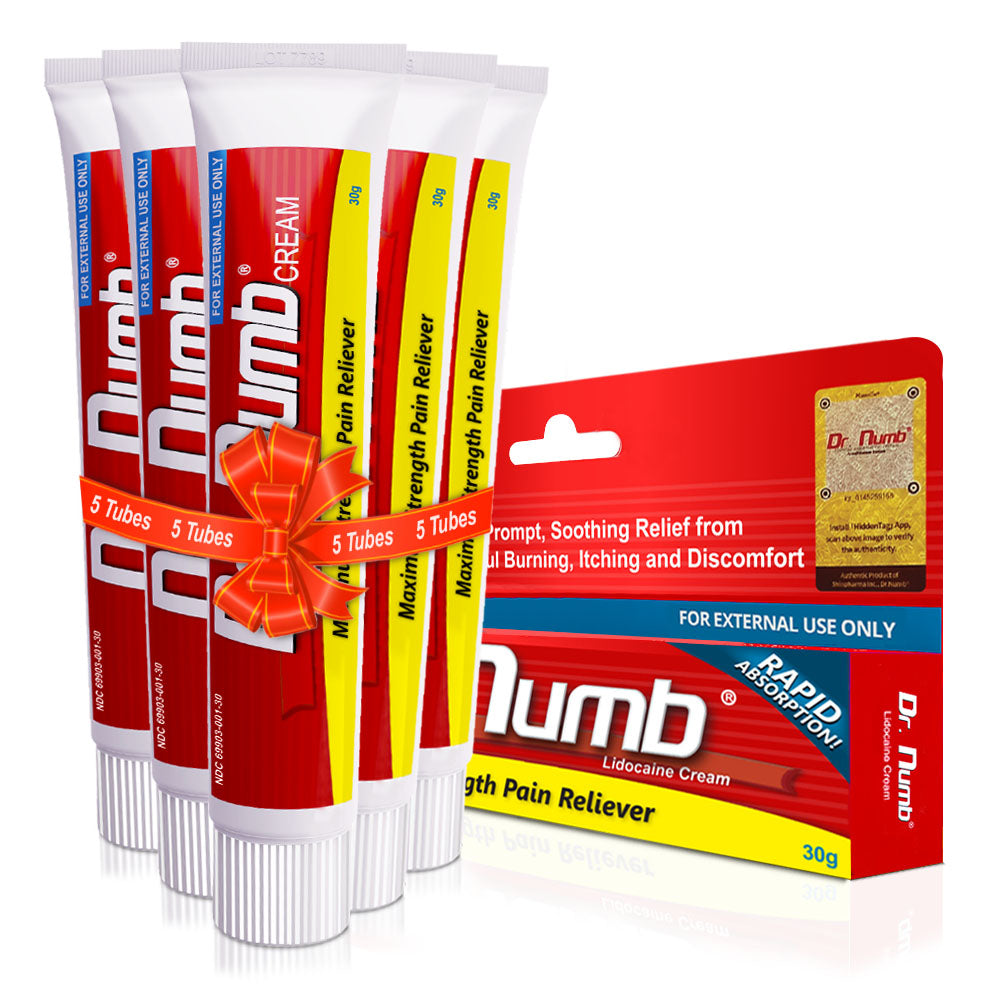
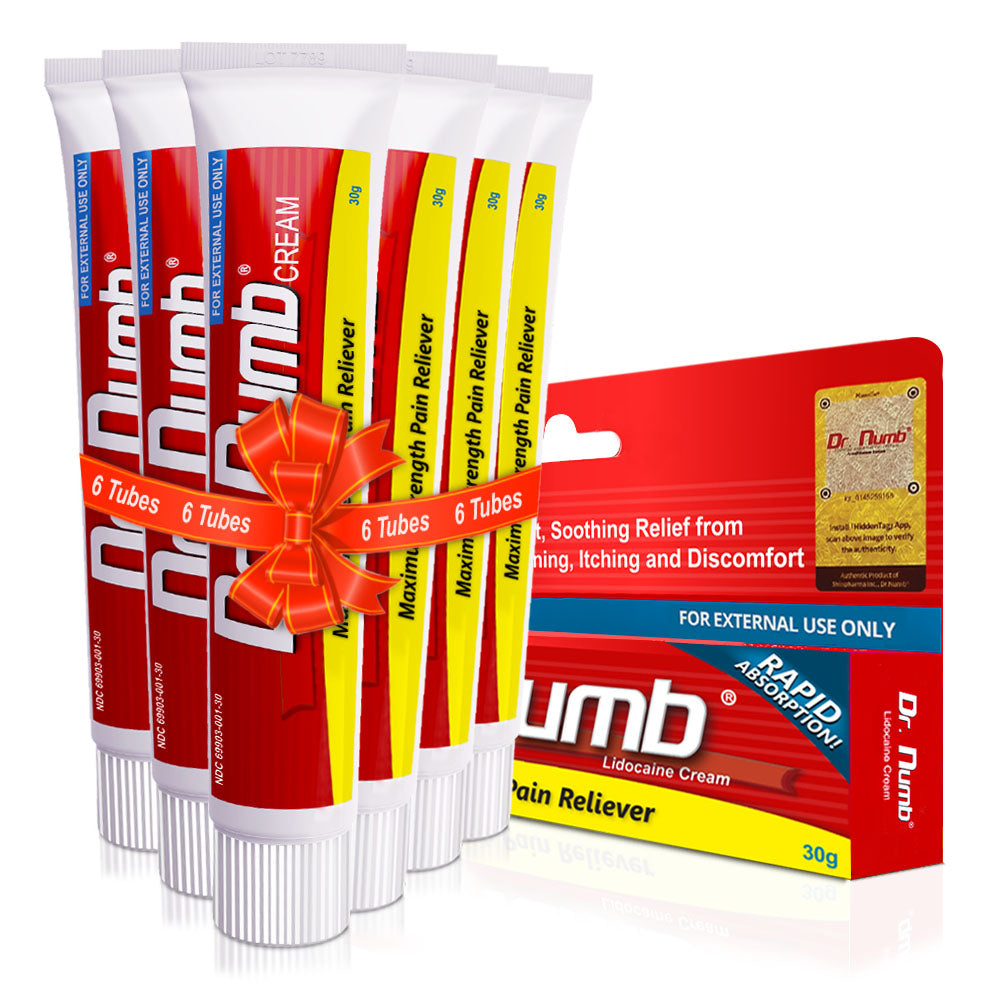

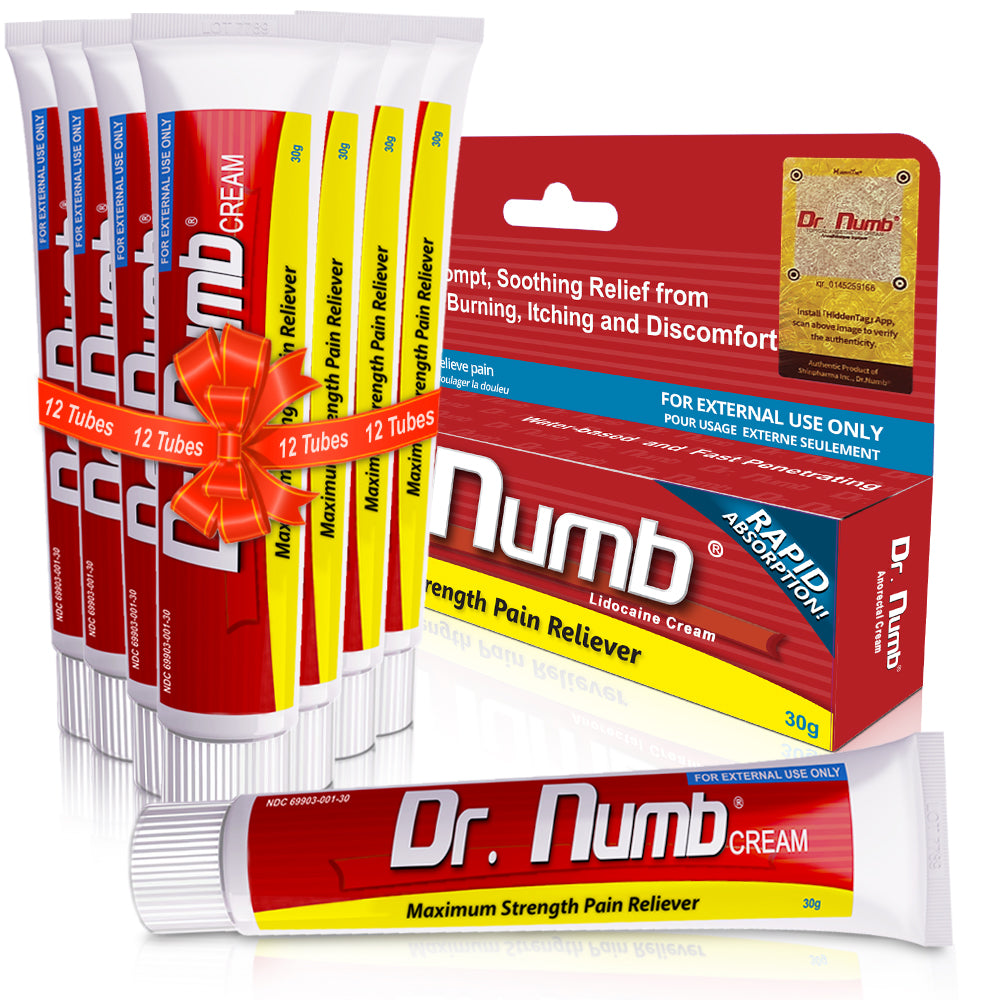





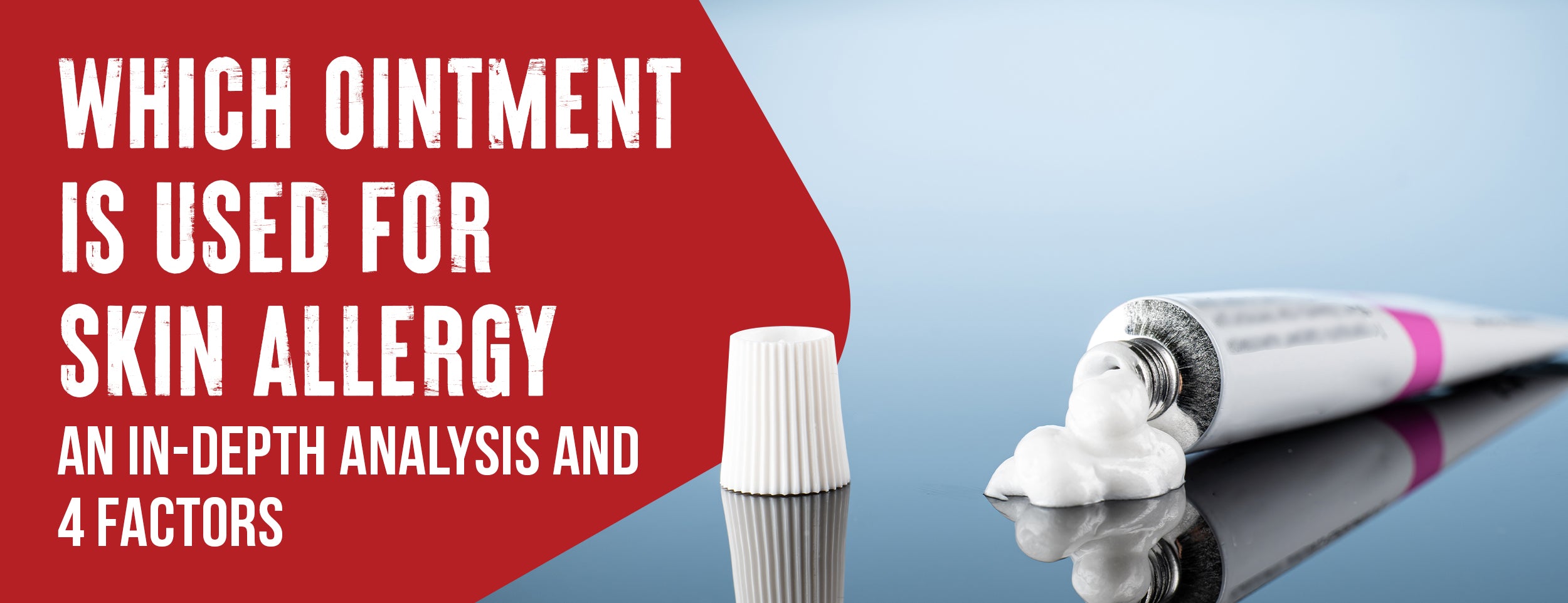
![The Most Common Food Allergies That Cause Itchy Skin [6 Common Symptoms]](http://drnumb.com/cdn/shop/articles/Can_Food_Allergies_Cause_Itchy_Skin__17_Listed_6_Symptoms_Common.jpg?v=1714999986)
